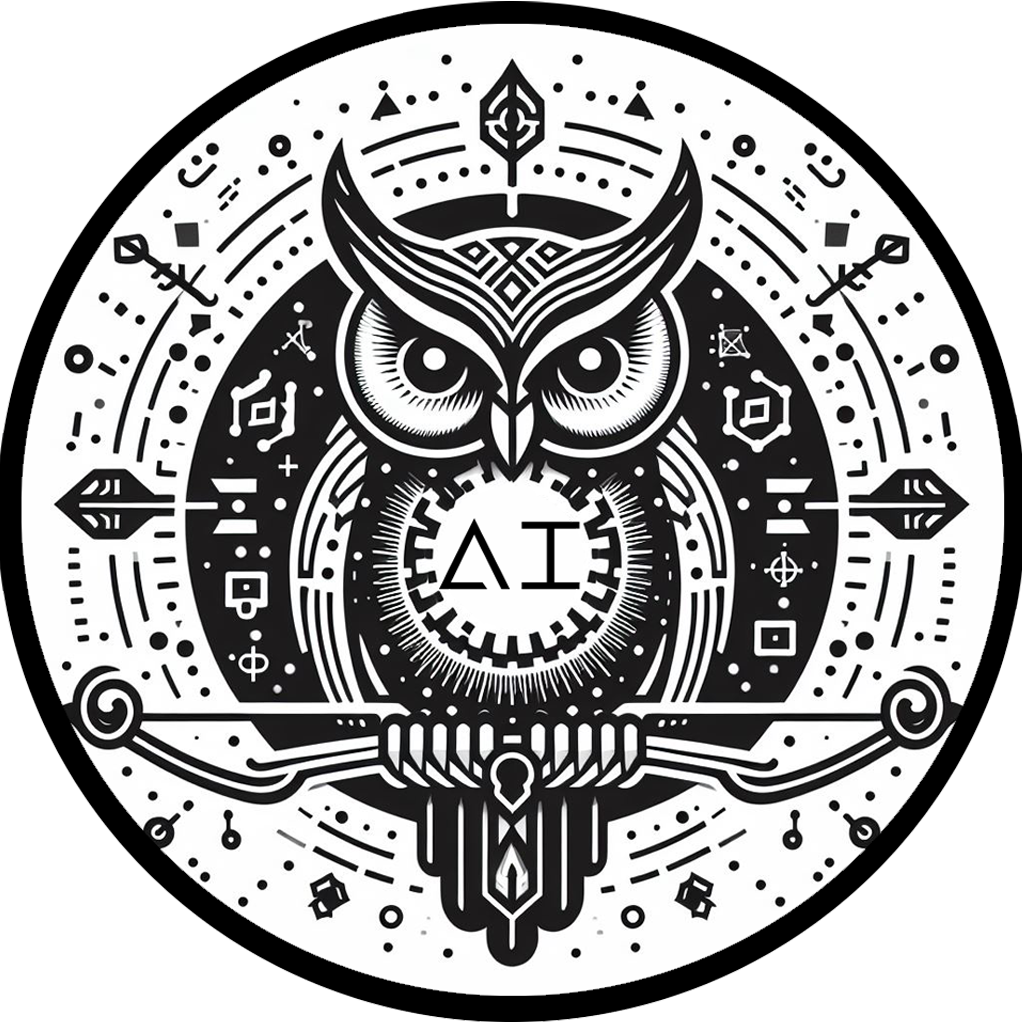Transformers are a type of deep learning architecture introduced in the paper “Attention is All You Need” by Vaswani et al. in 2017. This architecture has since become a cornerstone in natural language processing (NLP) and has been successfully applied to various other domains, including computer vision. Let’s delve into the details of Transformers:
Key Components of Transformers:
1. Self-Attention Mechanism:
- Idea: At the heart of Transformers is the self-attention mechanism. This allows the model to weigh the importance of different parts of the input sequence when processing each element.
- How it Works: For each element in the sequence, the model computes attention scores for all other elements. These scores determine how much attention each element should give to the current one.
- Benefit: Self-attention enables the model to capture long-range dependencies in a sequence, making it highly effective for tasks requiring contextual understanding.
2. Multi-Head Attention:
- Idea: Transformers use multiple parallel self-attention layers, called attention heads.
- How it Works: Each attention head focuses on different parts of the input sequence, capturing various patterns and relationships.
- Benefit: Multi-head attention allows the model to attend to different aspects of the input simultaneously, enhancing its ability to capture diverse features.
3. Positional Encoding:
- Idea: Since the self-attention mechanism doesn’t inherently understand the order of elements in a sequence, positional encoding is added to provide information about the position of each element.
- How it Works: Positional encodings are added to the input embeddings, allowing the model to consider the sequence’s temporal relationships.
- Benefit: Positional encoding enables the model to handle sequences of varying lengths and maintain their temporal context.
4. Feedforward Neural Networks:
- Idea: Transformers include feedforward neural networks after the self-attention layers to capture complex patterns.
- How it Works: These networks process the output of the self-attention layer to learn intricate hierarchical representations.
- Benefit: The combination of self-attention and feedforward layers enables Transformers to understand and represent complex relationships within the data.
Training Transformers:
1. Pre-training and Fine-tuning:
- Process: Transformers are often pre-trained on large datasets using unsupervised learning objectives, such as predicting the next word in a sentence. They are then fine-tuned on specific tasks with smaller labeled datasets.
- Benefit: Pre-training allows Transformers to learn general language patterns, while fine-tuning tailors the model to specific applications.
2. Transfer Learning:
- Idea: Transformers excel at transfer learning, where knowledge gained from one task can be applied to improve performance on another.
- Benefit: This approach allows models to leverage existing knowledge, making them more efficient and effective in various domains.
Applications of Transformers:
1. Natural Language Processing (NLP):
- Tasks: Transformers have achieved state-of-the-art results in tasks such as language translation, sentiment analysis, and named entity recognition.
- Benefit: Their ability to capture contextual relationships makes them particularly effective for understanding and generating human language.
2. Computer Vision:
- Tasks: Transformers, especially Vision Transformers (ViTs), have shown remarkable performance in image classification, object detection, and segmentation.
- Benefit: The self-attention mechanism proves valuable for processing visual information and understanding contextual dependencies in images.
3. Speech Recognition:
- Tasks: Transformers are increasingly employed in speech recognition tasks, where they demonstrate superior performance in capturing temporal dependencies in audio sequences.
- Benefit: Their versatility allows them to handle sequential data, making them suitable for a wide range of applications beyond text.
Challenges and Future Directions:
1. Computational Complexity:
- Challenge: Transformers can be computationally expensive, especially for large models and datasets.
- Future Direction: Ongoing research focuses on developing efficient variants of Transformers to make them more scalable and accessible.
2. Interpretable Representations:
- Challenge: Understanding how Transformers arrive at specific decisions can be challenging due to their complex architecture.
- Future Direction: Researchers are exploring methods to enhance the interpretability of Transformer models, making them more transparent and trustworthy.
Conclusion:
Transformers have fundamentally changed the landscape of deep learning, providing a powerful and flexible architecture for processing sequential data. From language processing to computer vision, their ability to capture complex relationships and patterns has made them indispensable in modern AI applications. As research continues, the ongoing challenge is to make Transformers more efficient, interpretable, and adaptable, ensuring their continued impact on the ever-expanding field of artificial intelligence.


